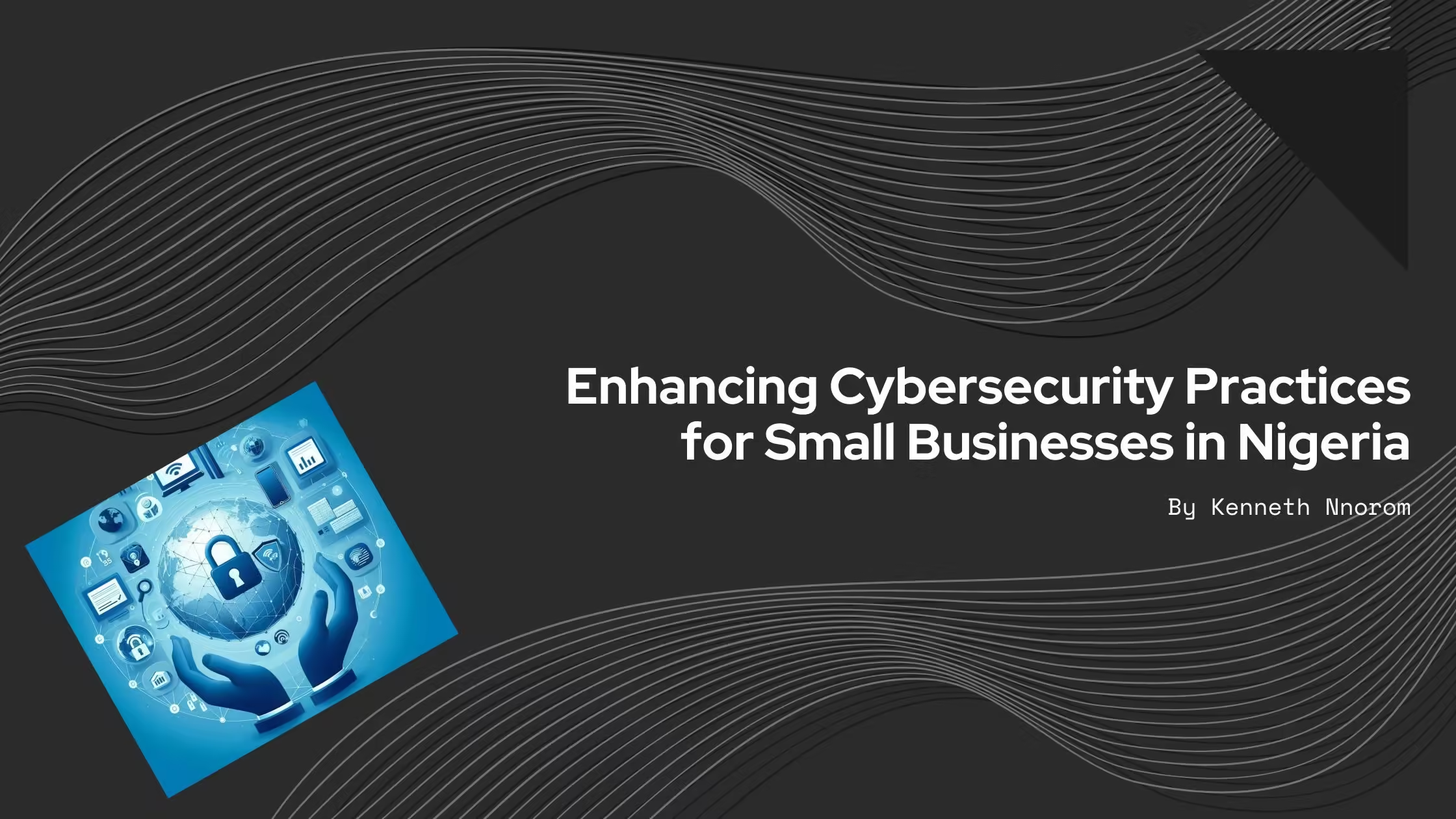The landscape of global threats is ever-evolving, with cyberattacks becoming more frequent and sophisticated. The progression of artificial intelligence is expected to further complicate these security challenges. A study often cited by the World Economic Forum anticipates cybercrime costs to soar from $8.44 trillion in 2022 to $23.84 trillion by 2027.
While there may be discussions around the exact rate of increase, the overarching trend is clear: cyberattacks are escalating in frequency and complexity.
For businesses large and small, cybersecurity is non-negotiable. However, the expense associated with comprehensive security measures can be daunting, especially for small enterprises in Nigeria. Reports from VC3 suggest that some security solutions could cost as much as $100 per user each month, a sum beyond the reach of many local businesses.
But there’s a silver lining. Securing your business need not break the bank. This guide will explore cost-effective cybersecurity tactics that small Nigerian businesses can implement to improve their defences significantly.
Understand Your Treat Landscape
The threat landscape for your company includes all the potential cyber risks that could affect your organization.
Despite budget limitations possibly restricting the number of cyber risks you can address, it’s vital to prioritize your assets by value. Then, evaluate the threats they face, the possible ways attackers could exploit them, and what defensive strategies you have at your disposal.
Open Sourced Firewalls Is A Small Business Best Friend
When it comes to the world of high-end OEM security solutions like Cisco, Sophos, and Fortinet Network, they’re known for their solid track record and trustworthiness. But let’s face it, the price tag for their hardware and ongoing subscription fees can be a real deal-breaker for small businesses. Take, for example, a Cisco Firepower or Meraki Firewall which could set a small business back a cool $1000, or a Sophos XSG that’s a tad cheaper at $500 – still a hefty sum for many small enterprises in Nigeria.
Enter the open-source heroes, Pfsense and OPNsense. These guys are game-changers, offering a wallet-friendly alternative that boils down to just the hardware cost for setting up the firewall. This means even a modest business can afford to protect its network without breaking the bank.
When you throw in the need for incident response and active response, those recurring subscription fees from big-name brands can make small businesses think twice. It’s no wonder many are turning away from these costly options.
Implement General Cybersecurity Control Measures
Implementing basic cybersecurity control measures is a crucial step in safeguarding your organization. Tools such as antivirus software, firewalls, and intrusion detection systems are fundamental in defending against threats.
Often, these basic security measures are highly effective. It’s important to note that these measures are not just for small businesses; organizations of all sizes can benefit from them. Companies should adopt security solutions like encryption for devices at rest, enforce strong password policies, and use multi-factor authentication (MFA) for emails and accounts.
Additionally, implementing proper access control for network resources and adopting zero-trust policies can further enhance security.
Train Uses On Basic Cybersecurity Knowledge.
Security measures like antivirus software, firewalls, and intrusion detection systems can significantly protect your organization. However, it’s important to remember that humans are often the weakest link in a security chain. Companies are more likely to succumb to social engineering scams than to have their systems breached by a threat actor. Therefore, educating your workforce is just as important as investing in technological defences.
A Case Study
For example, the threat landscape for an imaginary company ‘Kenneth Logistics’, a small business with twenty employees, includes several types of cyber threats such as malware, phishing, and insider threats. Key vulnerabilities identified are outdated software, weak passwords, and insecure networks. Attack vectors include email phishing and remote access exploits. A threat analysis report recommends implementing employee training, regular software updates, strong password policies, and robust network security measures like firewalls and encryption to mitigate these risks.
Possible Cost-Effective Solution
Considering the recommendations provided, it could suggest the following approach for the employer
- AWindows Server 2022 Essential, catering to 25 users and 50 devices, mandates the configuration of security policies through Group Policy Objects (GPO) to manage user, computers and password policy effectively. For entities with Microsoft 365 Business Standard subscriptions, integration with Windows Server to establish federated services is a seamless process.
- Securing data at rest is paramount, especially when utilizing a local file server or when PCs store significant amounts of data on-site for cost efficiency. BitLocker encryption becomes indispensable for all Windows PCs under such circumstances. Moreover, the deployment of the MS365 solution necessitates stringent access controls for both the file server and individual PCs.
- When it comes to network perimeter security, the adoption of open-source solutions is a strategic move. The pfSense Firewall stands out as a robust option. Renowned for its comprehensive feature set, pfSense provides packet filtering, intrusion detection and prevention systems (IDS/IPS) through Snort or Suricata, and versatile VPN capabilities with IPsec and OpenVPN. Its compatibility with various x86 hardware platforms allows for flexible deployments, with performance levels directly tied to the chosen hardware’s capabilities. Implementing a remote access VPN on appropriate hardware also ensures secure connectivity to internal resources for users.
- In addition, Wazuh emerges as a commendable open-source alternative for endpoint and server monitoring. Its installation facilitates meticulous surveillance of security events, enabling incident monitoring and an active response framework.
- Most importantly, all staff must be trained to recognise social engineering and adhere to other security policies.
Conclusion
Although the above suggestion is not an exhaustive means of how small businesses can approach cybersecurity cost-effectively. However, it shows us the considerations small companies take to make their work environment more secure starting with analysing their peculiar threats, implementing basic security policies, constantly training staff on best security practices and embracing open-source solutions were necessary.


Leave a Reply